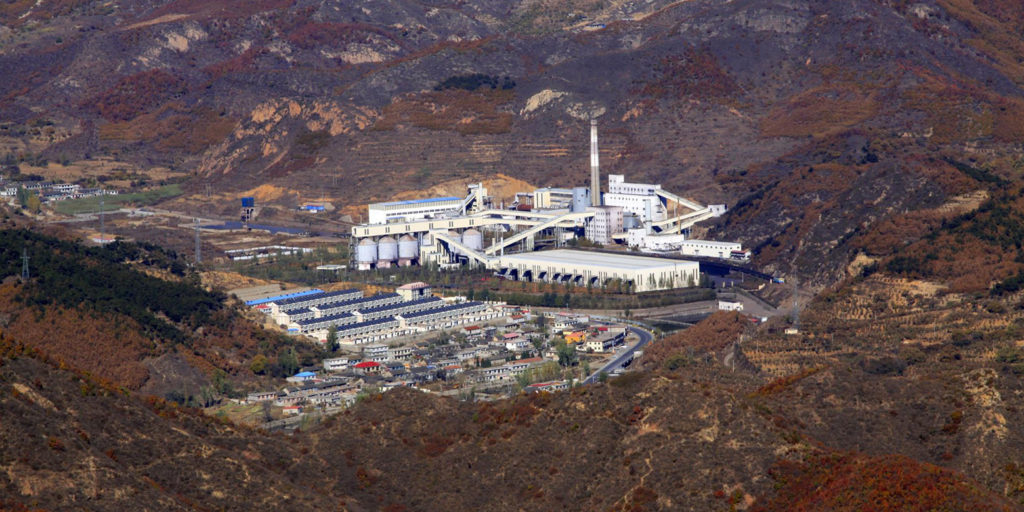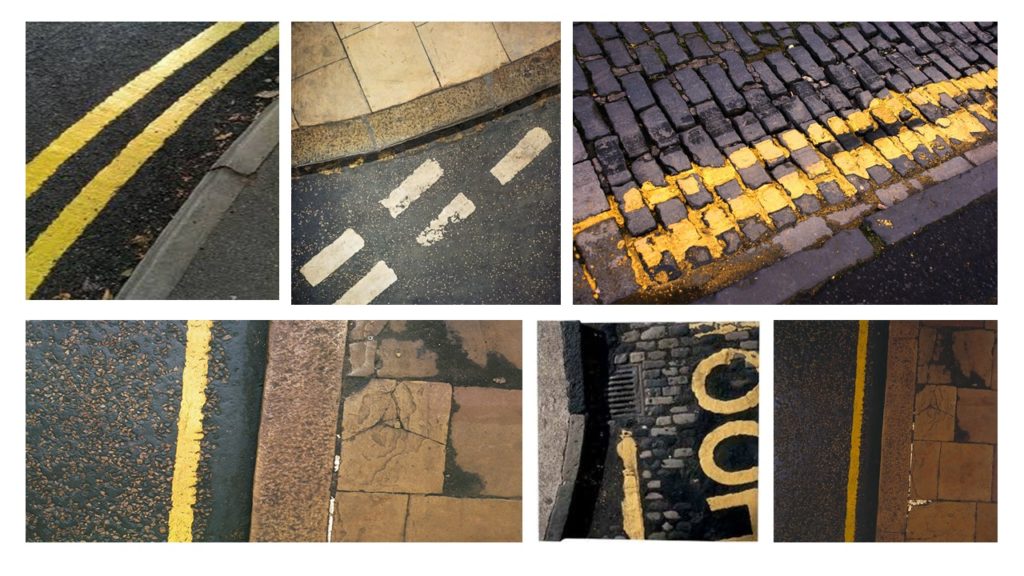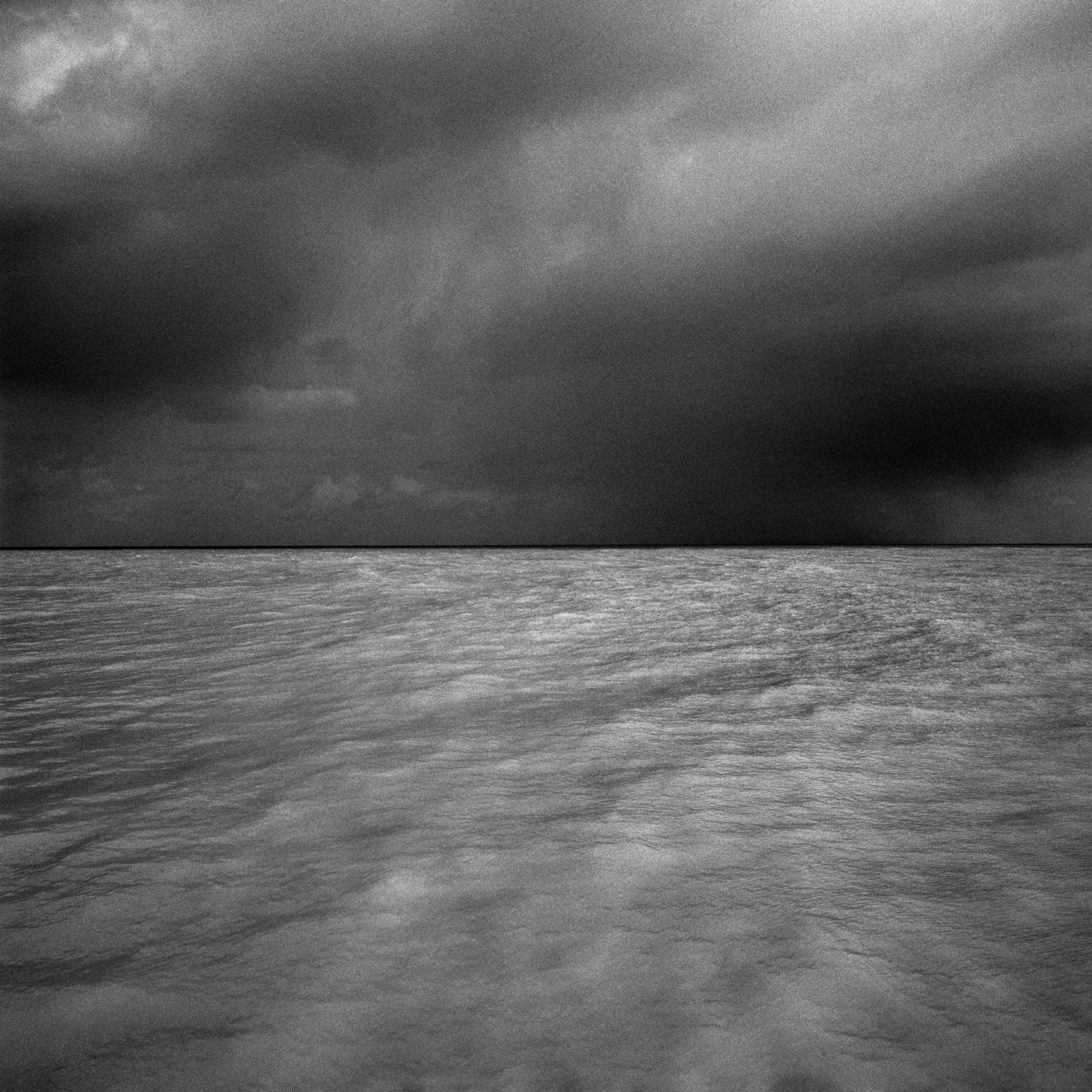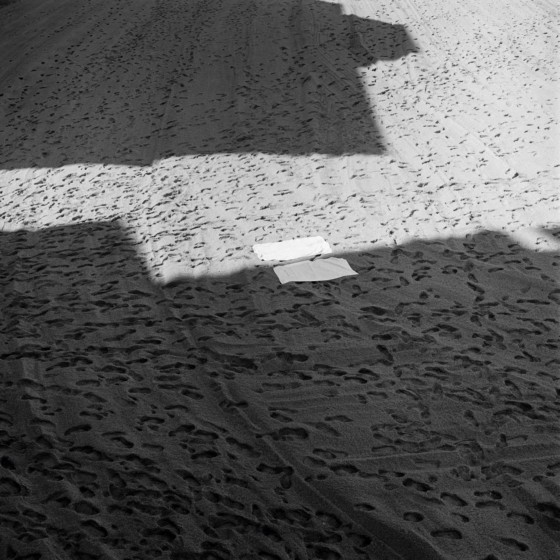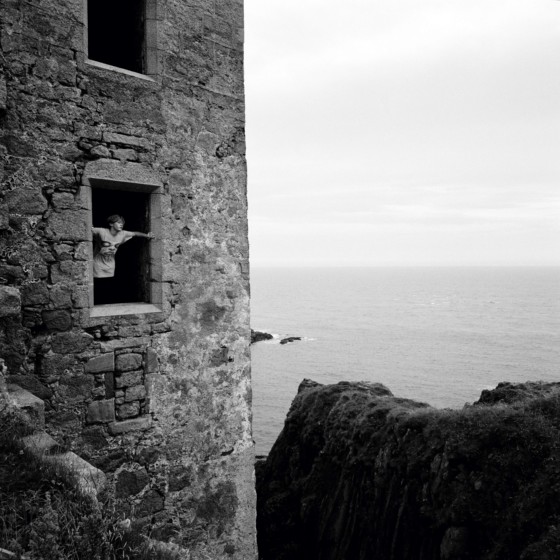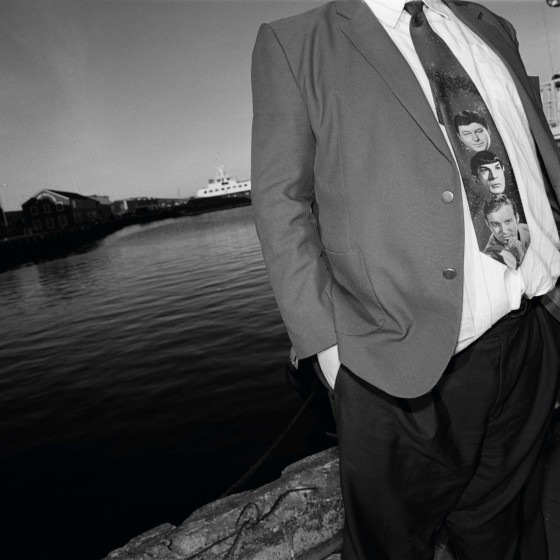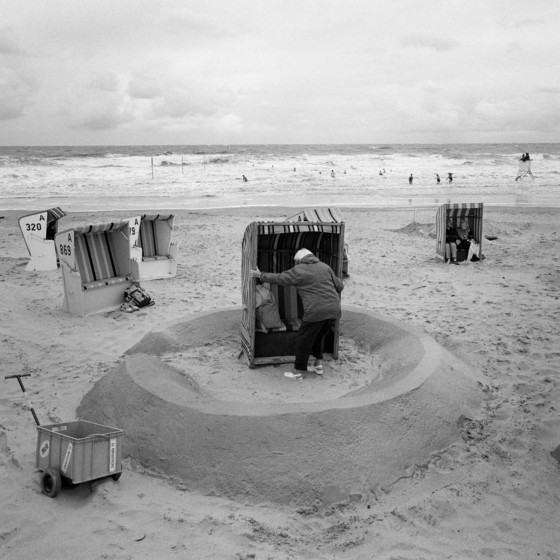WHAT IS LANDSCAPE URBANIZATION:
Over the years, numerous landscape studies have described the impacts of urbanization, such as fragmentation of habitats, loss of farmland and loss of historical connections and previously coherent cultural landscapes. Thus, the story of how landscapes fall victim to urbanization (and, more generally, to the march of societal progress) has been told and retold. While the object being lost varies, the overall story remains the same. The course of events seems to have been decided in advance: landscape sacrificed for the progress of cities. The process of urbanization is thereby depicted as a fight between city and countryside, a fight in which the countryside loses every time. Rural landscapes of the past are set in contrast to advancing suburbs, shattered habitats, shrinking farmland and placelessness. Documenting, analyzing and raising public awareness of losses of past landscape qualities is no doubt an important task for landscape research, but is it the only one?
Urbanisation: Reductionist approaches to urbanisation have come to focus on quantitative measurements of a limited number of parameters for such a long time that these limited and very specific insights into urbanisation seem to have affected (or even replaced) the very idea of a complex and multidimensional process. This issue provides richer illustrations of the process by widening the scope of the features studied.
Landscape: Rather than viewing landscape as a passive arena for urbanisation, this special issue discusses the complex role of landscape and engages in landscape theory to gain a greater understanding of the processes of urbanisation.
Histories: With histories, in the plural, this special issue opens the way for a more diverse understanding of urbanization, beyond the standard modern perception of urban progress/expansion and rural decline. While these three concepts form a common base, use of relational thinking in the papers included in this special issue offers ways of altering and revisiting existing ideas of landscape, histories and urbanization.
LANDSCAPE URBANIZATION IN PHOTOGRAPHY:






